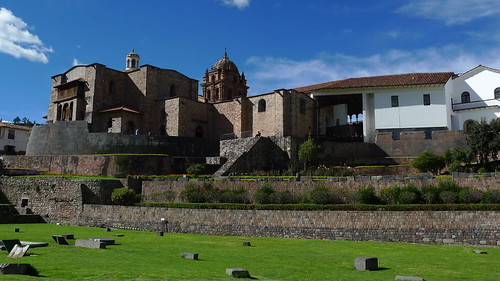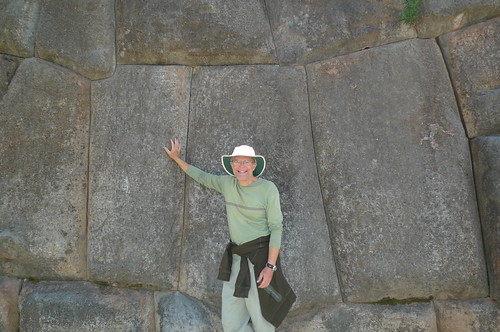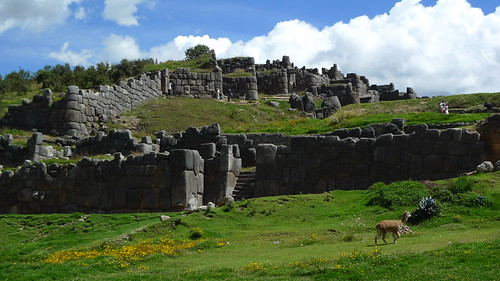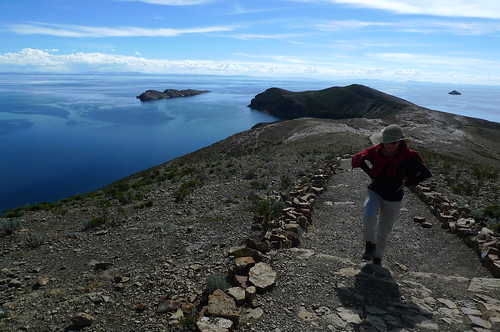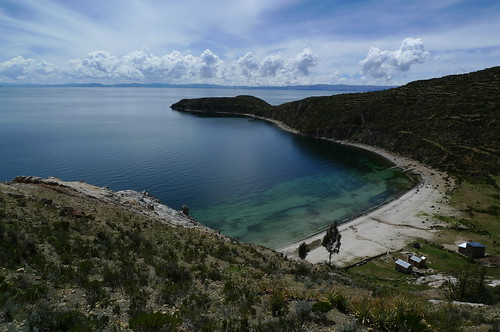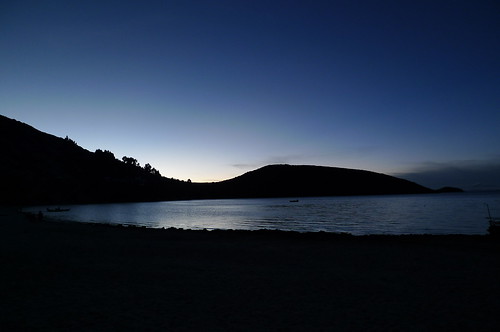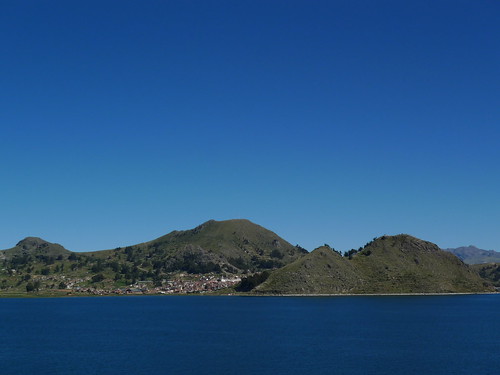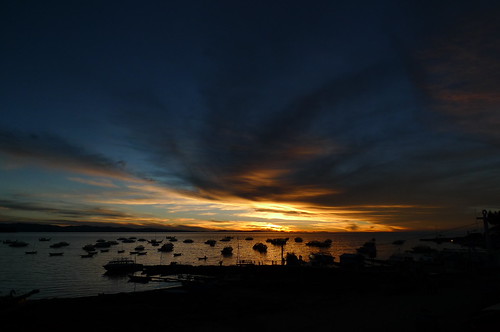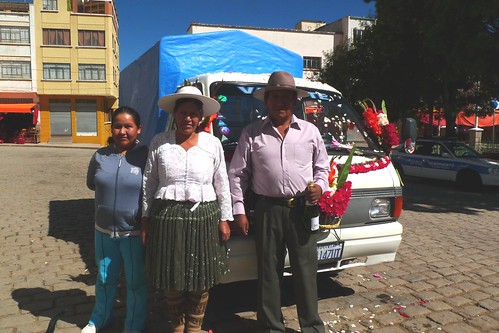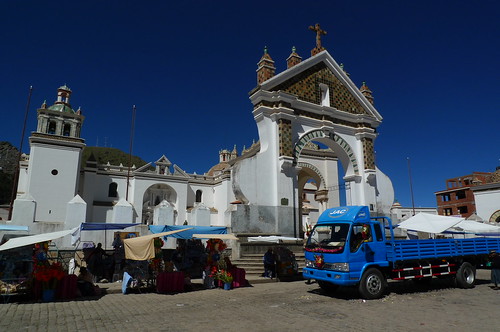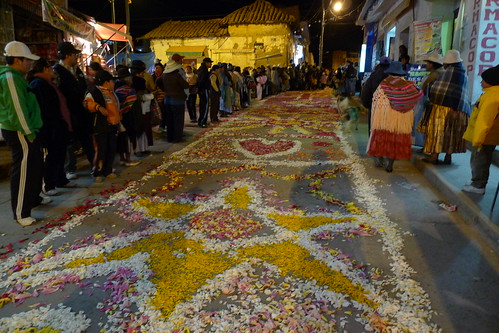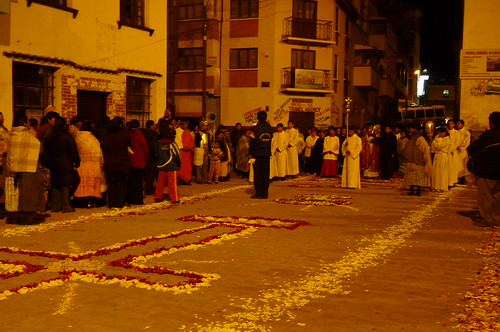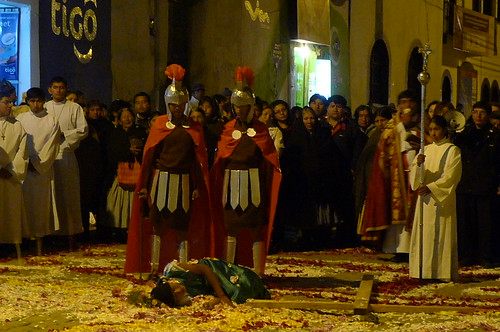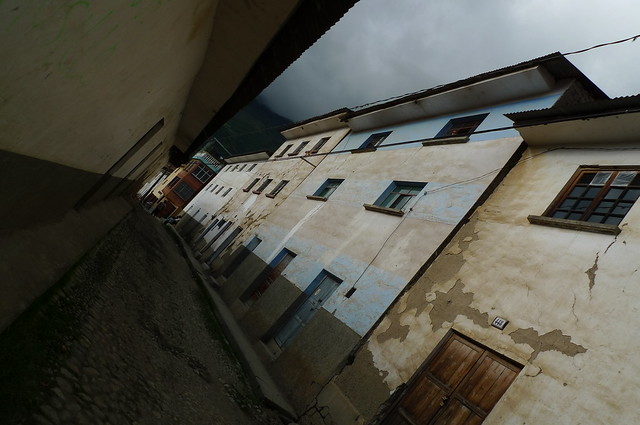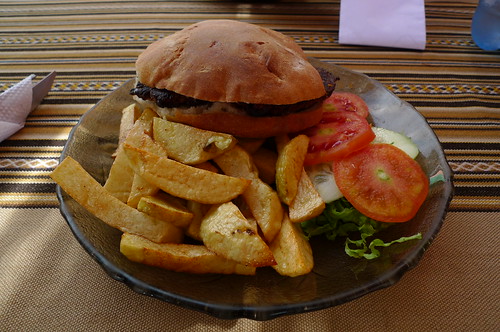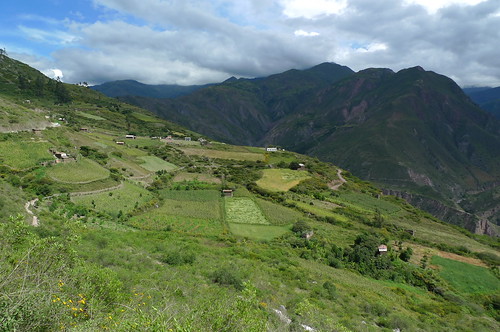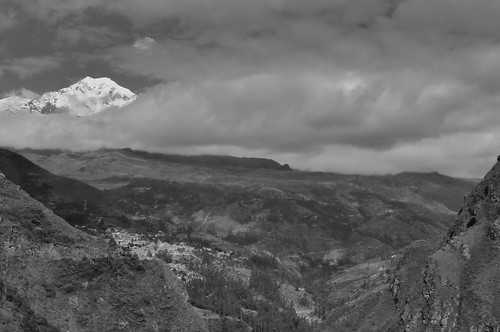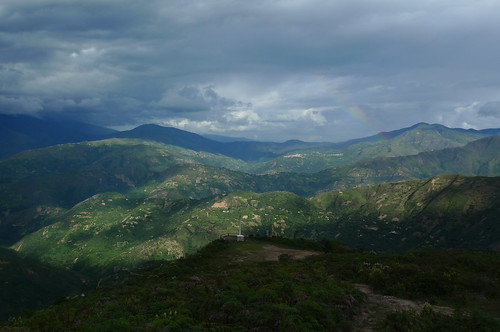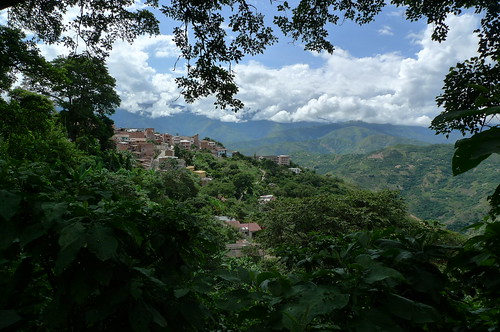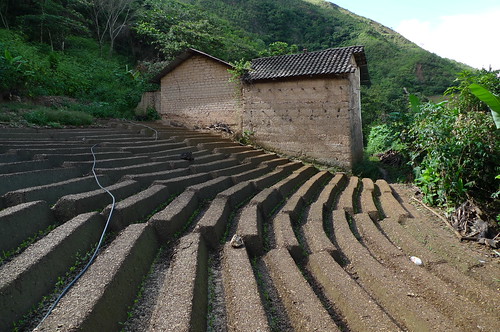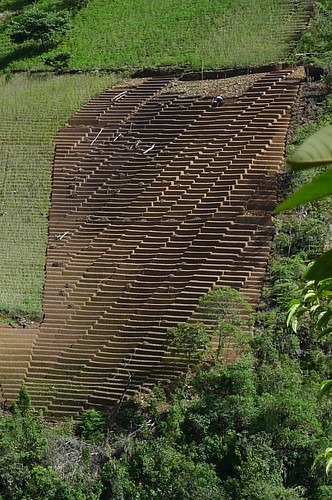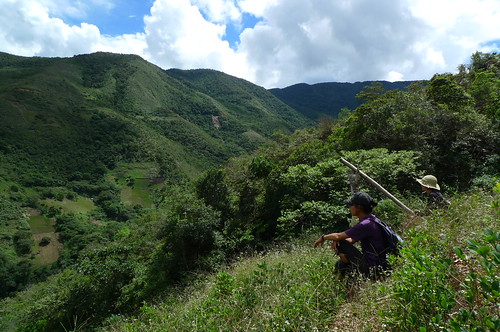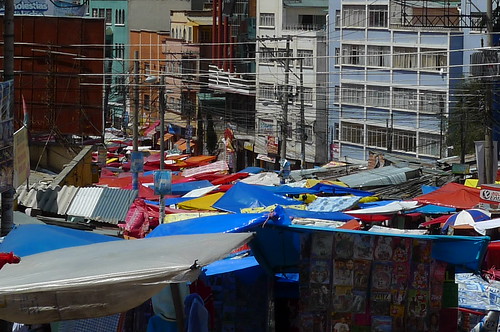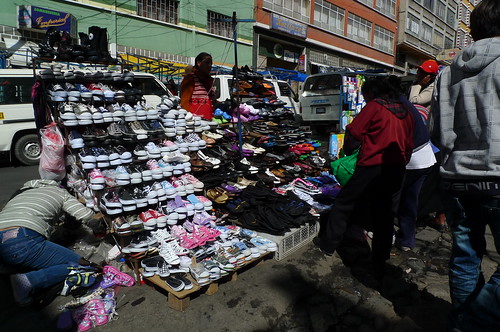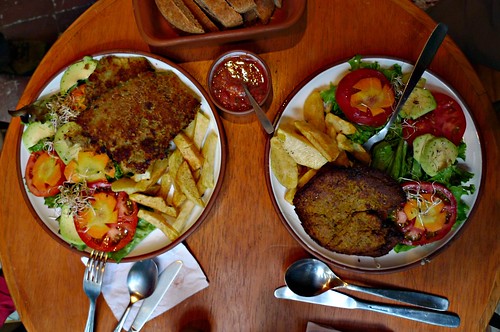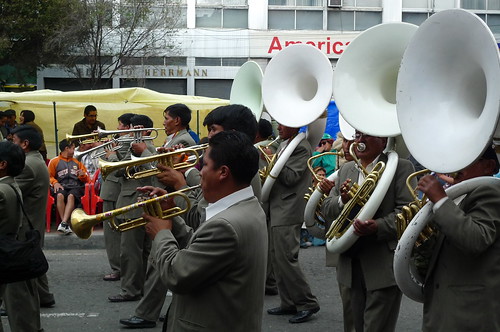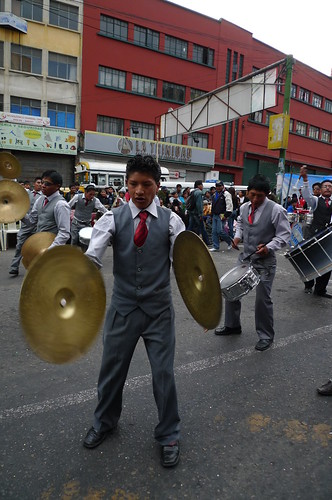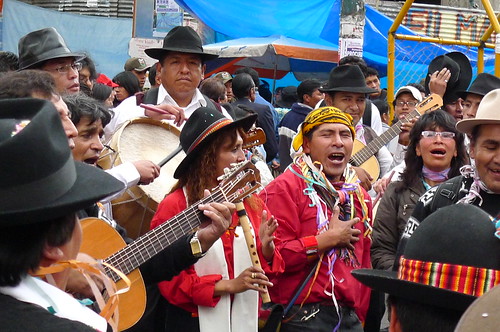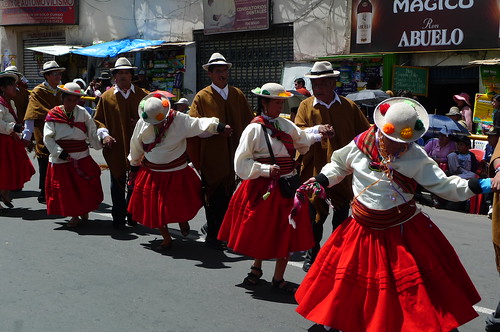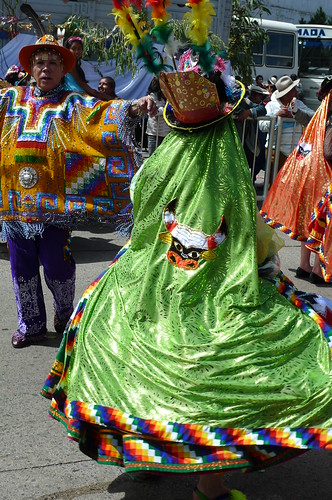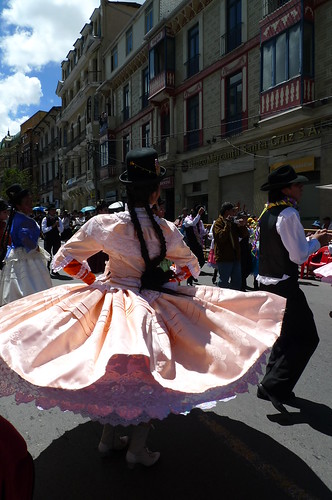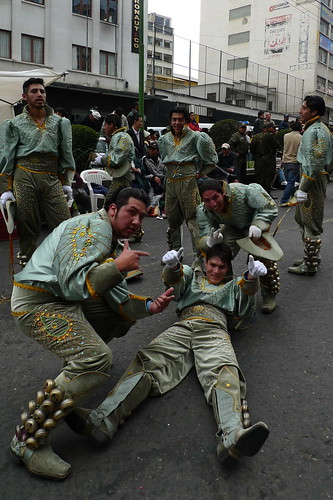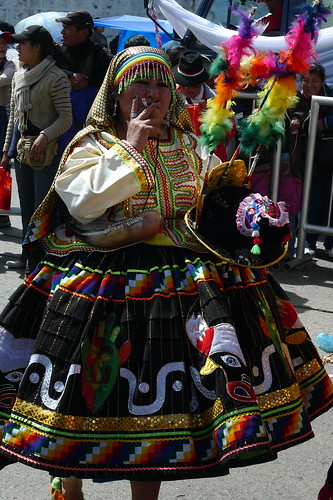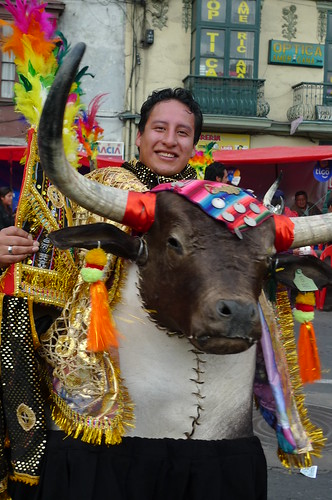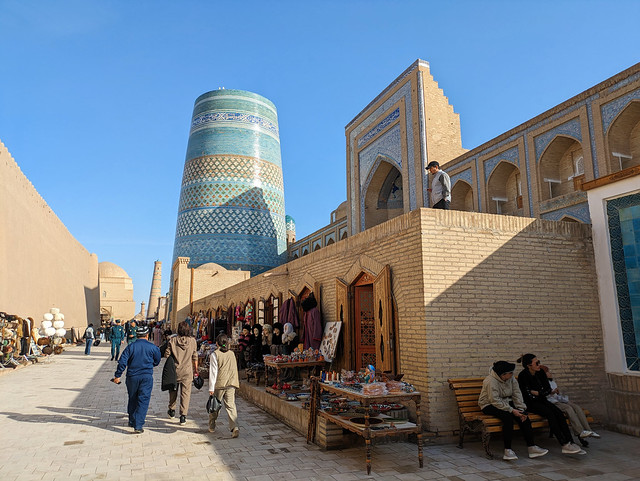Semana Santa kept us two atheists real busy. The elaborate rituals fascinated us. Their deep faith confounded us. Nevertheless, there were various processions to gawk at, church open houses to circulate through, a market to wander about, and special foods to try.
Sunday: we did not arrive early enough to catch enough action.
Monday highlight of the entire week: 2pm procession of Senor de Los Temblores (Lord of the Earthquakes) from the Cathedral, 7pm return.

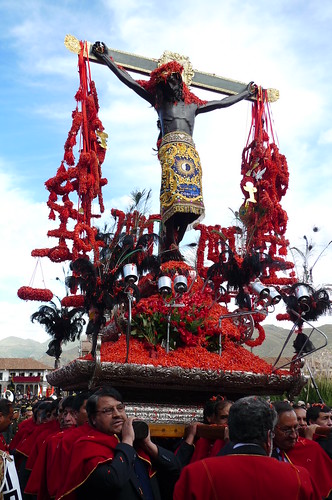
Tuesday rest day
Wednesday
7pm procession of Virgin Dolorosa and Señor de la Justicia from Santo Domingo
7:30pm procession of Señor de la Justicia from Santa Catalina
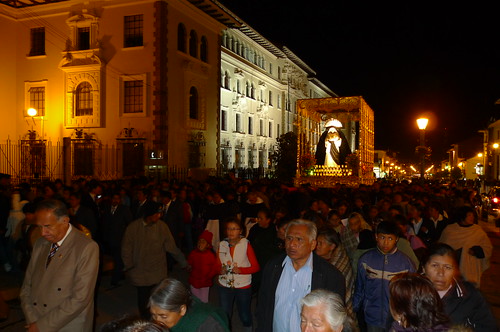


Thursday
Around 5pm procession of Santísimo Sacramento inside the Cathedral
From 7-8pm on, open house at all major churches.
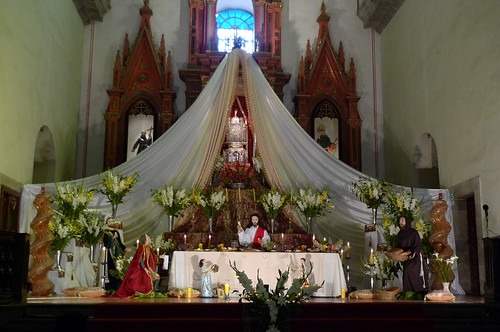
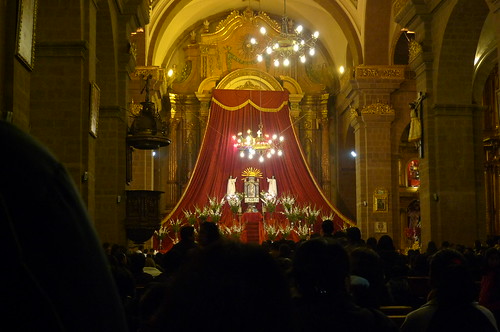
Friday
All day: special herb market around San Pedro Market
5pm procession of Señor del Santo Sepulcro from La Merced.
From 7-8pm on, procession of Señor del Santo Sepulcro from various churches.
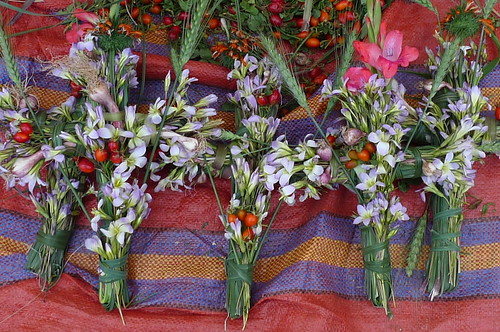
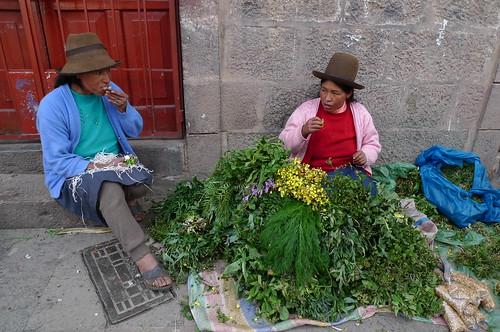
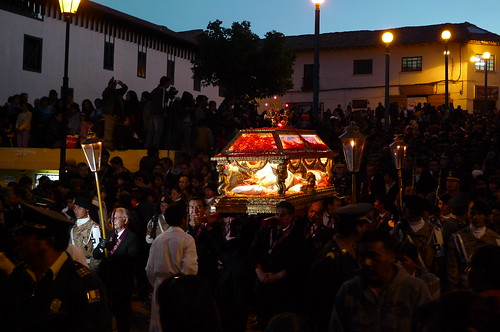
Saturday
We left for Cusco for Ollantaytambo right after lunch. In Cuzco there was supposed to be a 6pm process of Virgen Dolorosa from San Fransisco.
In Ollantaytambo, there was a procession in the evening.
Sunday
In Ollantaytambo there was a 8am procession of the resurrected Jesus.
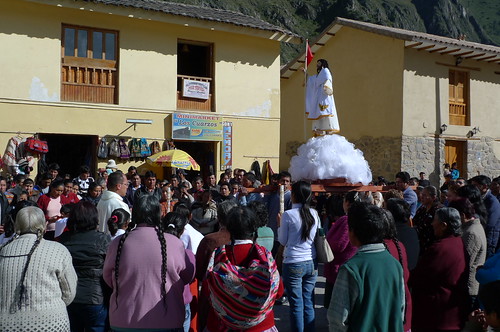
Sunday: we did not arrive early enough to catch enough action.
Monday highlight of the entire week: 2pm procession of Senor de Los Temblores (Lord of the Earthquakes) from the Cathedral, 7pm return.


Tuesday rest day
Wednesday
7pm procession of Virgin Dolorosa and Señor de la Justicia from Santo Domingo
7:30pm procession of Señor de la Justicia from Santa Catalina



Thursday
Around 5pm procession of Santísimo Sacramento inside the Cathedral
From 7-8pm on, open house at all major churches.


Friday
All day: special herb market around San Pedro Market
5pm procession of Señor del Santo Sepulcro from La Merced.
From 7-8pm on, procession of Señor del Santo Sepulcro from various churches.



Saturday
We left for Cusco for Ollantaytambo right after lunch. In Cuzco there was supposed to be a 6pm process of Virgen Dolorosa from San Fransisco.
In Ollantaytambo, there was a procession in the evening.
Sunday
In Ollantaytambo there was a 8am procession of the resurrected Jesus.


